Oxygen generation becoming a popular option for facilities
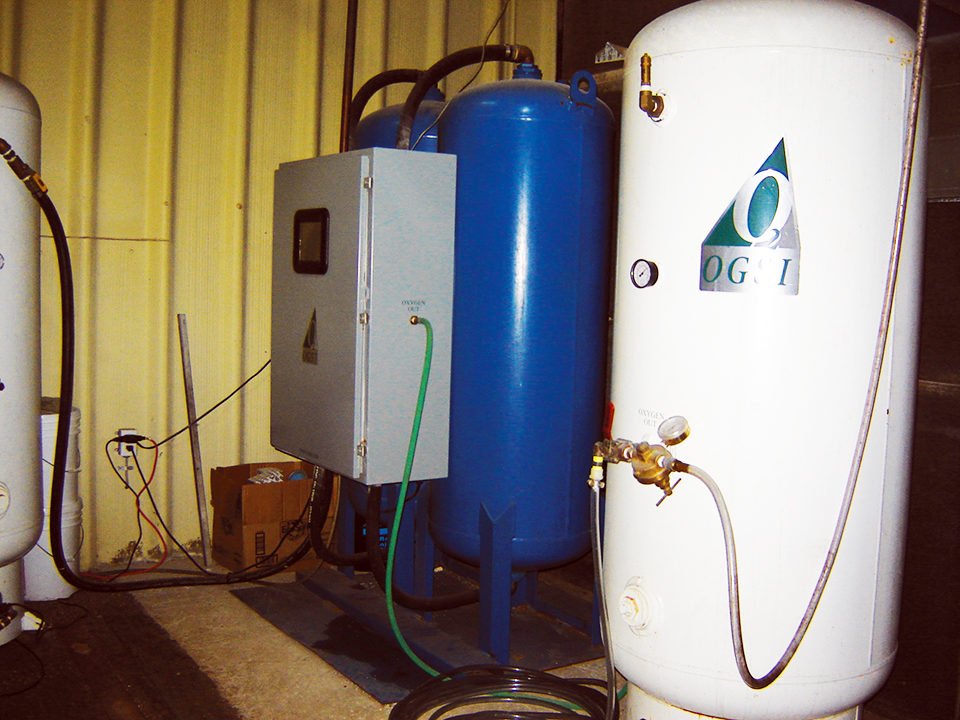
A significant operating cost at most land-based aquaculture facilities is supplying oxygen for the fish. There are four basic sources of oxygen for cultured animals: air, compressed oxygen, liquid oxygen and on-site oxygen generation.
Using the water supply alone works well for cage farmers whose cages lie in the path of sufficient current. It also can work well in hatcheries, especially at early life stages such as incubation and early in the larval stage. But as stocking density gets higher in land-based systems, there comes a point where supplemental oxygen is necessary.
Air, compressed oxygen
Since it contains 21 percent oxygen, air is a source that should not be overlooked. The oxygen in air diffuses into water that is at less than 100 percent saturation. This is a natural phenomenon simply driven by pressure differences. Just as a difference in atmospheric pressure causes wind (air flowing from a high-pressure area to a low-pressure area), a difference in the “partial pressure” of oxygen in air and water causes oxygen to flow from the higher pressure to the lower pressure.
When these two pressures are equal, the water is 100 percent saturated with oxygen. Just like a larger atmospheric pressure difference yields stronger wind, a larger partial pressure difference leads to more oxygen transfer between the air and water. For fish species that thrive with oxygen saturation levels less than 90 percent, air can provide a significant portion of the supplemental oxygen required. Reuse systems for these fish should be designed to rely totally on air for supplemental oxygen.
When using air, care must be taken that super saturation of nitrogen does not occur. Composed of 79 percent nitrogen, air cannot be introduced into the water before a pump or in any way that would increase the saturation of the nitrogen gas above 100 percent. This is why you cannot super saturate oxygen when using air as a source, because the nitrogen would also super saturate. As long as the air is not pressurized, the nitrogen should not be harmful to fish. It is always wise to test the nitrogen gas pressure to make sure super saturation does not occur.
Using compressed-oxygen cylinders is too expensive at a commercial scale. If liquid oxygen is not available, compressed oxygen could be useful as a backup to an oxygen generation system. It is also useful for fish transfers.
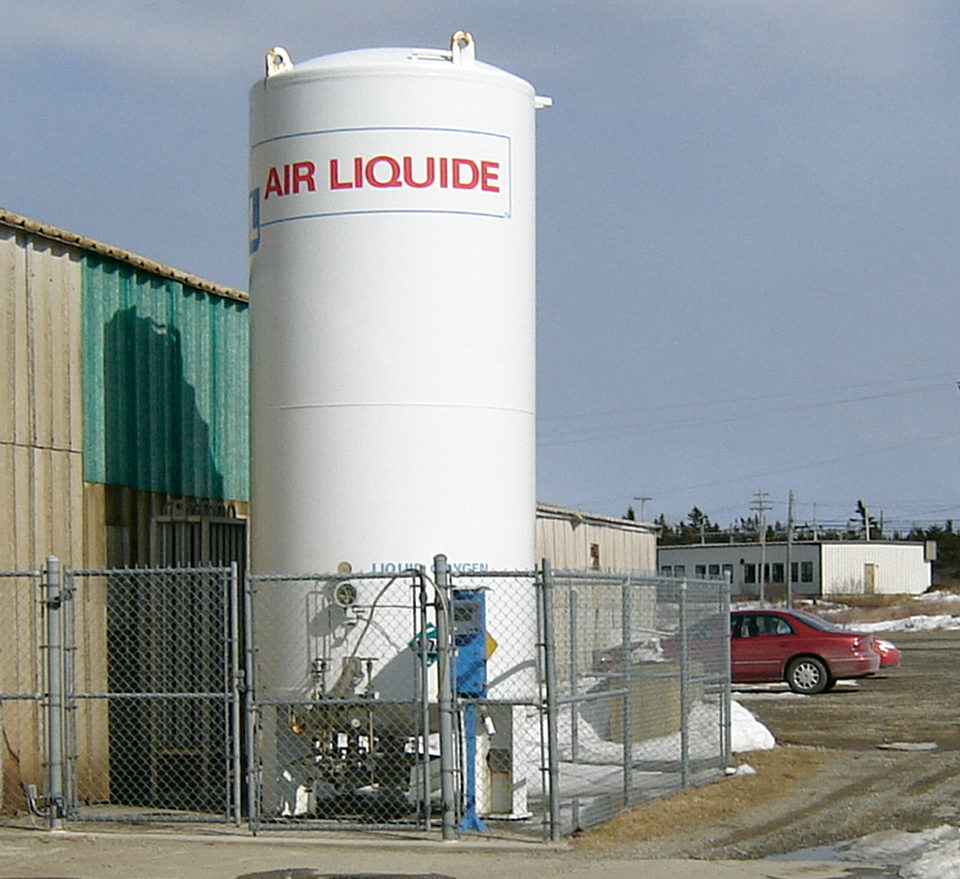
Liquid oxygen
Liquid oxygen is often the most reliable, worry-free option for oxygen supply. It is normally trucked in and stored in a bulk tank in liquid form. It then is evaporated as required by the user. Creating liquid oxygen is a costly process, and trucking it to often remote aquaculture sites also adds to the cost. When liquid cylinders rather than a bulk tank are used, there may be training requirements for handling dangerous goods.
A big bonus with liquid oxygen is that it does not require electricity, but is completely regulated and delivered by its own pressure. At up to 99.9 percent pure, liquid oxygen is also one of the most pure sources of oxygen. A further advantage is simplicity of use. Liquid oxygen systems can be “set and forget,” provide consistent performance and are virtually maintenance free.
On-site generation
Oxygen generation is becoming a popular option for aquaculture facilities. There are two common generation processes: vacuum swing adsorption (VSA) and pressure swing adsorption (PSA). The main difference to the end user is that PSA oxygen generation involves compressing air to pressures in the 100-120 psi range, while VSA generation happens at 10 psi or lower.
With VSA, the oxygen produced can then be compressed for storage and/or delivery to the point of use. Also, due to the lower pressure, an air drier is not required. The end result is that VSA uses less power than a PSA unit producing the same amount of oxygen.
Technical staff are typically more confident in maintaining and repairing VSA units, and all staff tend to be more comfortable with the lower pressures. Parts are likely to be more readily available locally for VSA generators. PSA systems, however, are the more common technology, and competition may be bringing the prices down.
An interesting side note is that economy of scale may not apply to oxygen generation. Small oxygen generators up to 10 l/minute have been mass produced for medical use. They are often extremely reliable and very competitively priced. While a single 150-l/minute VSA or PSA unit can cost upwards of U.S. $65,000, a collection of 15, 10 l/minute units could cost less than $30,000. Beware, however, that the smaller units will not reach the same delivery pressure as the larger generators.
Oxygen generation is not necessarily cheaper than buying liquid oxygen. There are two problems with using large VSA and PSA units in aquaculture. Most aquaculture facilities see annual cycles in the amounts of oxygen they require. The quantity of oxygen used during late summer, when water temperature is usually highest, can be more than twice as high as that used during the winter.
Buying an oxygen generator based on a facility’s maximum oxygen consumption rate could cost much more than buying liquid oxygen. The second problem is the need for emergency backup. Liquid oxygen can be used to automatically back up a generator if power is lost or the unit loses capacity.
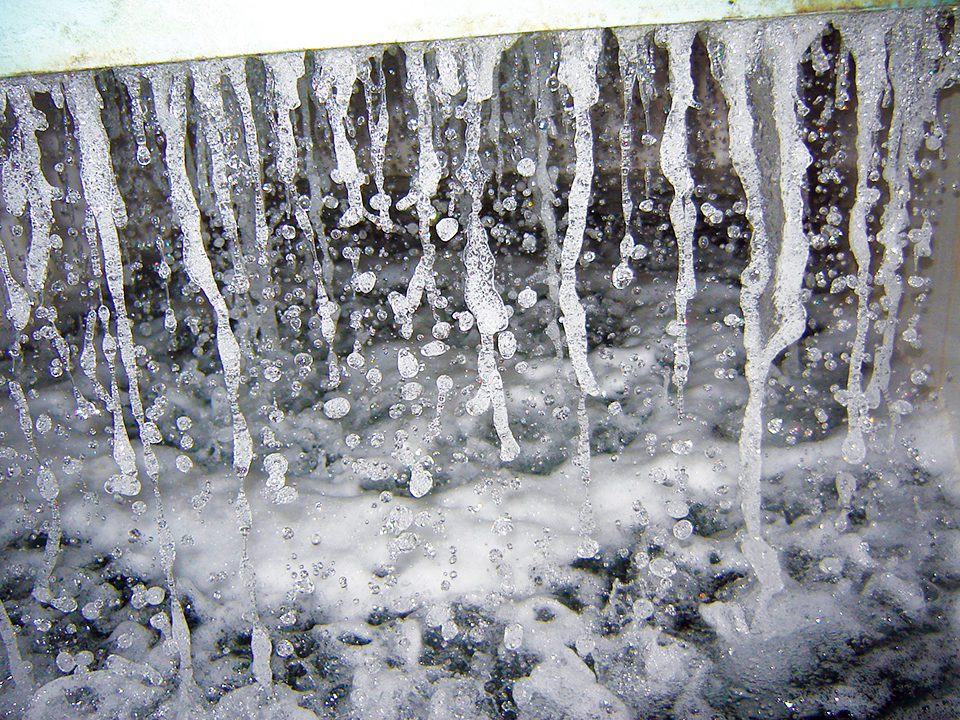
Know your needs
Which oxygen generation route is best? Know your needs. What is your past cycle of oxygen use? How does it compare to projected future use? Oxygen use varies with water temperature, fish life cycle and biomass.
Next, look at the free options. Is all the water entering your fish tank or pond via recirculation, reuse or flow through at 100 percent oxygen saturation? If not, find a way to bring it up to 100 percent, such as degassing. If your fish are pelagic and perform well at 90 percent saturation or less, you do not need to buy oxygen.
If supplemental oxygen is desired, the question becomes liquid oxygen or on-site oxygen generator. The most economical option is probably a combination of the two. Compare the capital and operational costs of liquid oxygen only, an oxygen generator that meets your highest consumption rate, a generator that meets the bulk of your demand but not the peaks, and using smaller medical units throughout the facility. And don’t forget to include the cost of the backup plan.
(Editor’s Note: This article was originally published in the July/August 2008 print edition of the Global Aquaculture Advocate.)
Now that you've reached the end of the article ...
… please consider supporting GSA’s mission to advance responsible seafood practices through education, advocacy and third-party assurances. The Advocate aims to document the evolution of responsible seafood practices and share the expansive knowledge of our vast network of contributors.
By becoming a Global Seafood Alliance member, you’re ensuring that all of the pre-competitive work we do through member benefits, resources and events can continue. Individual membership costs just $50 a year.
Not a GSA member? Join us.
Author
-
Philip Nickerson, P.E.
Technical Manager
Scotian Halibut Ltd.
P.O. Box 119
Clark’s Harbour, Nova Scotia B0W 1P0 Canada
Tagged With
Related Posts
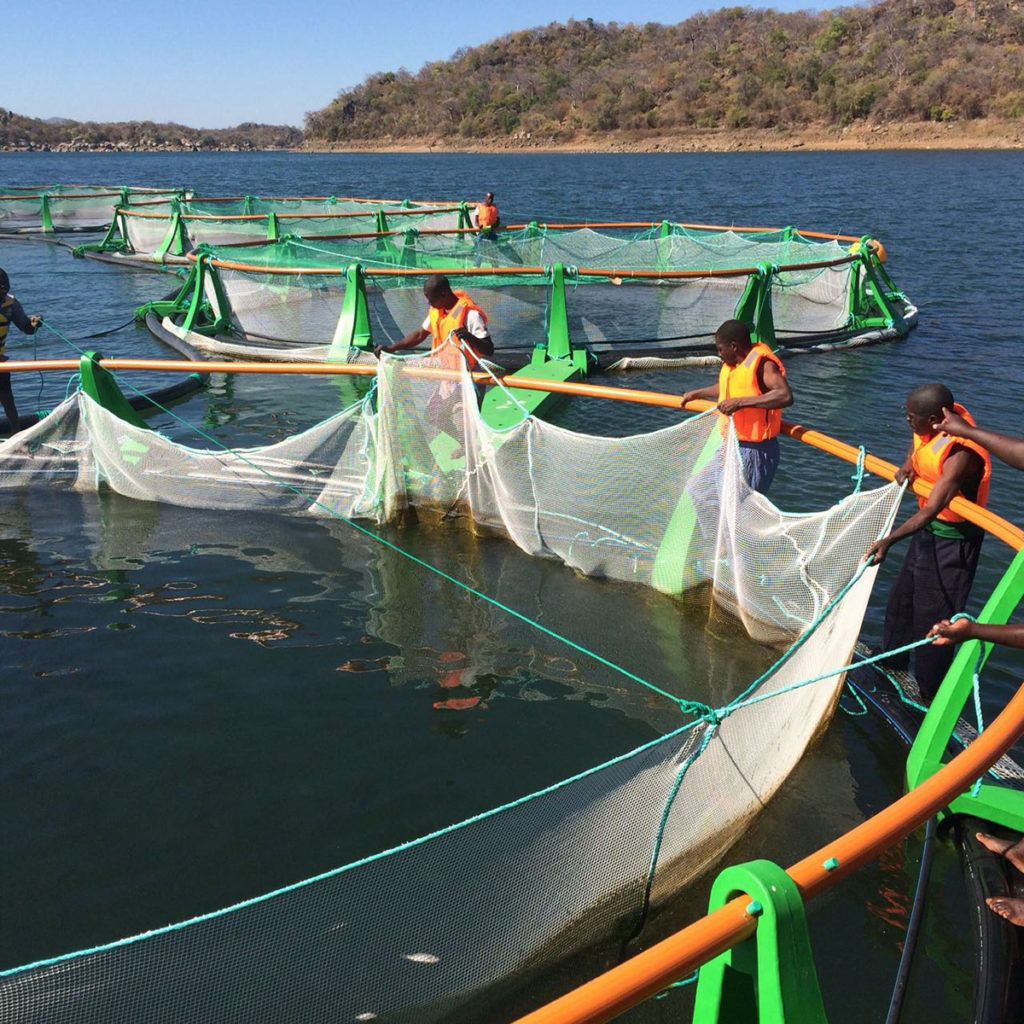
Responsibility
‘Model’ tilapia venture shows mettle in Mozambique
On the shores of Lake Cahora Bassa, Chicoa Fish Farm hopes to create a ripple effect to improve fish supply and quality of life for an impoverished region.
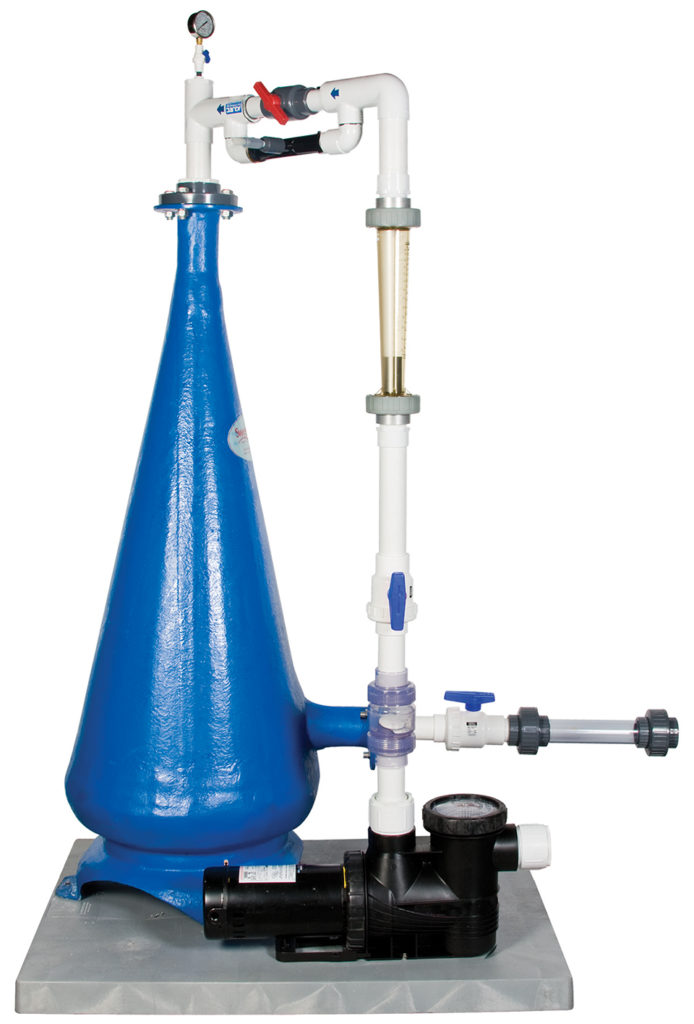
Responsibility
A look at unit processes in RAS systems
The ability to maintain adequate oxygen levels can be a limiting factor in carrying capacities for RAS. The amount of oxygen required is largely dictated by the feed rate and length of time waste solids remain within the systems.
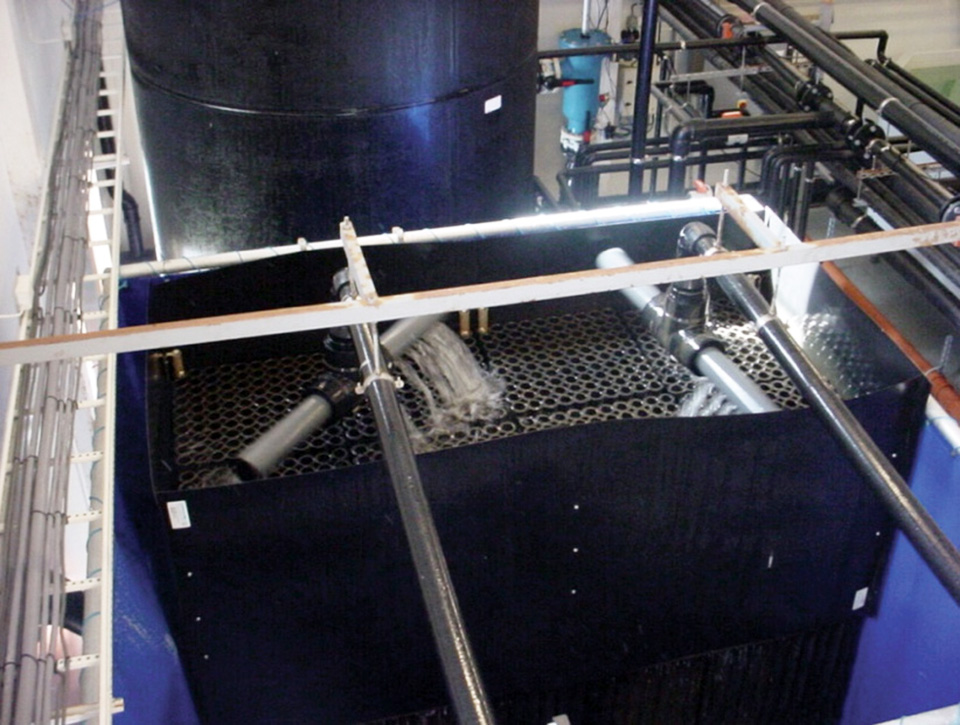
Innovation & Investment
A review of unit processes in RAS systems
Since un-ionized ammonia-nitrogen and nitrite-nitrogen are toxic to most finfish, controlling their concentrations in culture tanks is a primary objective in the design of recirculating aquaculture systems.
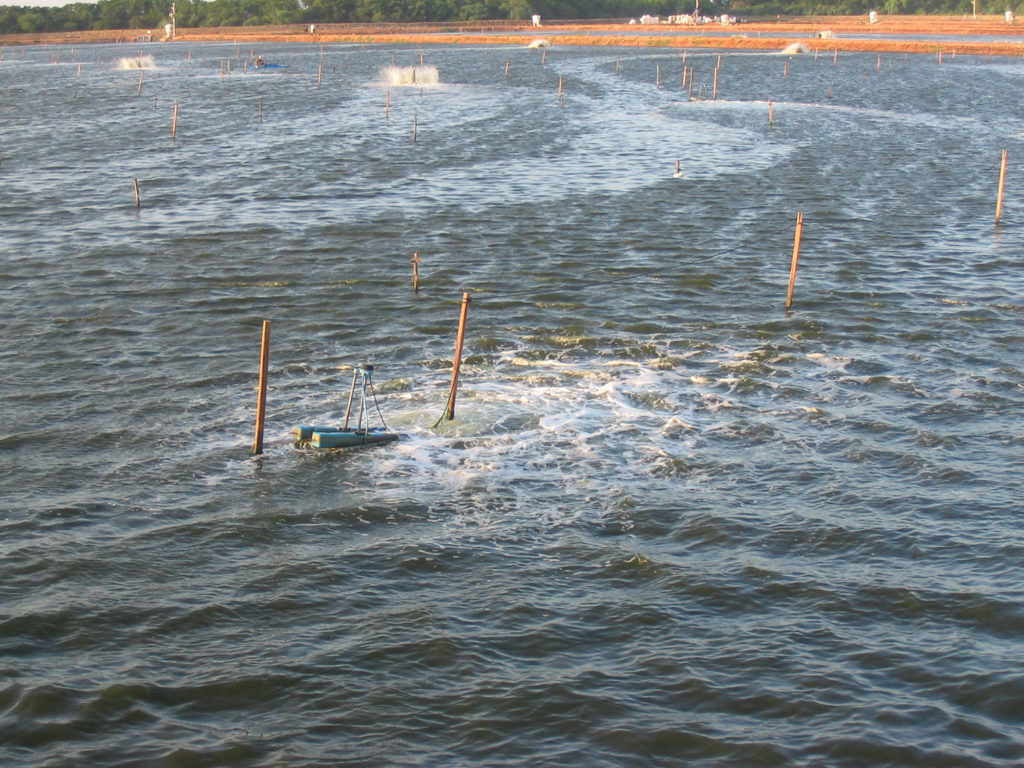
Health & Welfare
Dissolved oxygen dynamics
Dissolved oxygen management is the most important requirement of aquaculture pond water quality. DO concentration below 3 mg/L is stressful to shrimp.


